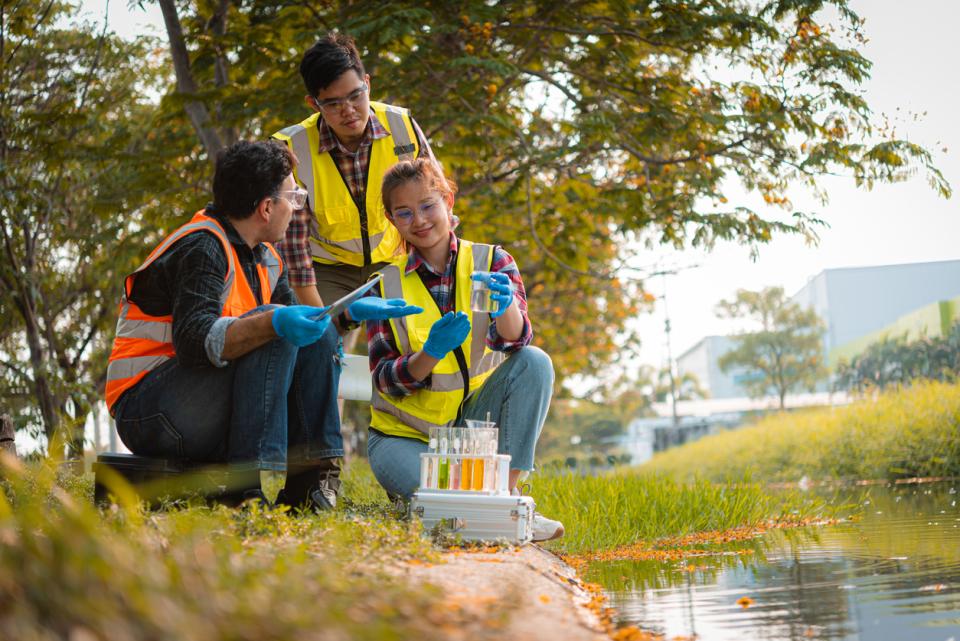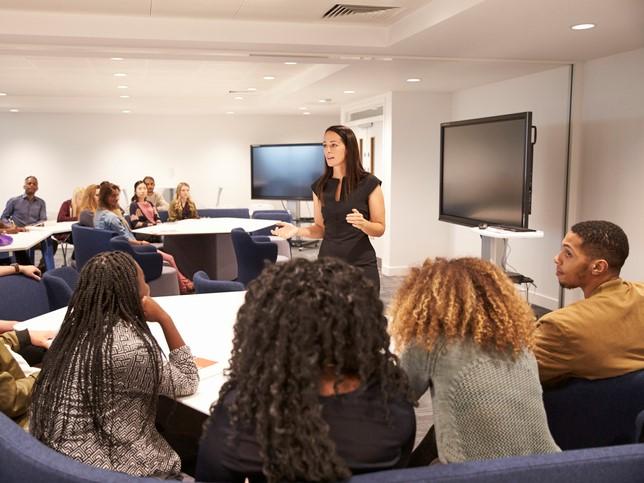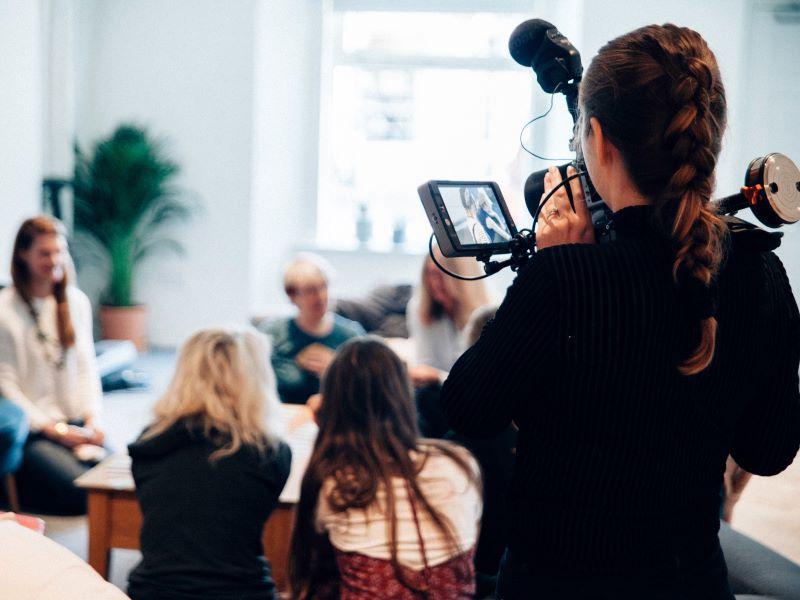A cynic might think that Research Excellence Framework (REF) funding is pre-allocated to the “usual suspects” – the research intensive league leaders – while Knowledge Exchange Framework (KEF) funds go to the STEM lot and the Teaching Excellence Framework (TEF) is a lifeline to “old polytechnics”. This view needs shredding, not least because the “old poly” quip was from someone within my own school.
To break down the silos of research, teaching and knowledge transfer, we need to identify mechanisms that empower students to learn actively, share the results effectively and create data and innovations that underpin research value. So, what should the integration of research, teaching and knowledge exchange look like?
Route maps
We need to establish rules of engagement to harmonise our REF, TEF and KEF activities in ways that best suit staff, students and local communities within and beyond our institution. These activities should support students from freshers to graduate employment by engaging them with real people, real issues and real challenges throughout their education. Why wait for real value to be generated only after students graduate?
“Live” projects, in which students work to address or resolve genuine societal or environmental needs beyond academia, can demonstrate key educational attributes that align with the REF, TEF and KEF.
How the projects are framed, who they collaborate with and who they benefit can align them to any one or all three of these metrics.
For our postgraduate architecture programme, I run several very different client-based live projects each year as part of students’ technical studies curriculum.
Since 2009 we have delivered more than 100 projects harnessing over £160K to elaborate and deliver sustainable facilities for schools, social spaces for charities and community groups, community participation events for local authorities, socially beneficial work funded by the London Mayor, even a stroke rehabilitation area for King George’s Hospital in Ilford. The students’ work has won sustainability awards and nominations for the Earthshot Prize, Built by Nature and now Green Gown, and is annually featured in Dezeen.
The mapping below, borrowing from the London Underground map, created by Harry Beck in 1933, allows us to speculate on what an “impact journey” should look like, and to consider how teaching and knowledge exchange can enrich that journey:

The ‘live’ project
The ambition behind sharing this model was to generate discussion within every department, research group or school to explore how live projects can support students to support communities, and as a consequence impact the metrics – in that order.
- Spotlight guide: THE Awards 2024: learn from the best in UK and Irish higher education
- How 'service learning' can improve outcomes for students, educators and local communities
- Tips for involving young people in research in meaningful ways
Such projects can be co-created with communities, collaboratively defining bespoke tactics to ensure positive communication, feedback and project delivery in a short time frame. My version is timed for the very start of the year. It brings students together who vote for the projects they want to participate in, creating groups of like minds who have never met before but who will work exclusively on delivering a project for a real stakeholder on time and on budget, each with a bespoke risk assessment. Coursework, not volunteering. This requires active community networks, links to research projects, and partnering with built environment or social practitioners to discuss projects, define where value can be generated and mapped on to learning outcomes.
Sugarcrete®: a case study for impact
Developing the bio-based construction material, Sugarcrete®, started in one of our architecture studios led by architecture lecturer Armor Gutierrez Rivas and architect Rosa Rogina working with a team of 18 students. Construction is 40 per cent of all global carbon emissions and must transition to low carbon. Asking students to identify local waste streams inspired novel material solutions and led some to knock on the door of the Tate & Lyle sugar refinery near our campus.
The potential of sugar bagasse – the fibrous 30 per cent of sugar cane left after extraction of the sap – started to create amazing numbers – 625 million tonnes, in 2023, of this strong, light fibre available per year globally, it sequesters carbon dioxide 50 times faster than timber and requires a fraction of the land forestry needs.
Sugar is political and narratives between former colonies and their colonisers are acutely sensitive. Our students understand this. Instructions for the development of Sugarcrete® are freely available as open-source research, relying on co-design and collaboration with producers to collectively and ethically optimise the supply chain.
The opportunity to construct our first Sugarcrete® building, after only two years of product development, came via a strong social media strategy for which students created visually arresting and articulate imagery. This sparked international interest and brought in credible and valuable partners with specific and challenging opportunities for innovation. In India, a consultancy within the sugar industry, Chemical Systems Technology, reached out and enabled us to upscale a pilot production facility and build a prototype school building. The built example supports knowledge dissemination among NGOs and communities to help them replace polluting and soil degrading coal-fired rural brickmaking with an efficient, insulating and low-carbon alternative.
The value of impact
Participation in a team that delivers real change to real people is highly valued by all students. Making social responsibility intrinsic to education should not be theoretical. Student feedback tells us that they:
- value the camaraderie in bringing new students together for shared aims
- understand the positive change their work creates
- value contact with external organisations and partners
- connect to sustainability in a direct, meaningful way
- understand their university’s ethos as action not only words.
Engaged teaching assignments like this can harness student enthusiasm for real issues affecting real communities. They can encompass the research interests of our staff and external collaborators to deliver projects that regularly make the cut for the REF; they clearly form valuable evidence for KEF metrics; and through the combination of these two, make a memorable and rewarding learning experience for our students, boosting the TEF.
Alan Chandler is a reader in architecture, impact leader and associate of the Sustainability Research Institute at the University of East London.
The University of East London was the winner of Knowledge Exchange/Transfer Initiative of the Year at the Times Higher Education Awards 2024 #THEAwards. A full list of shortlisted candidates can be found here.
If you would like advice and insight from academics and university staff delivered direct to your inbox each week, sign up for the Campus newsletter.




comment